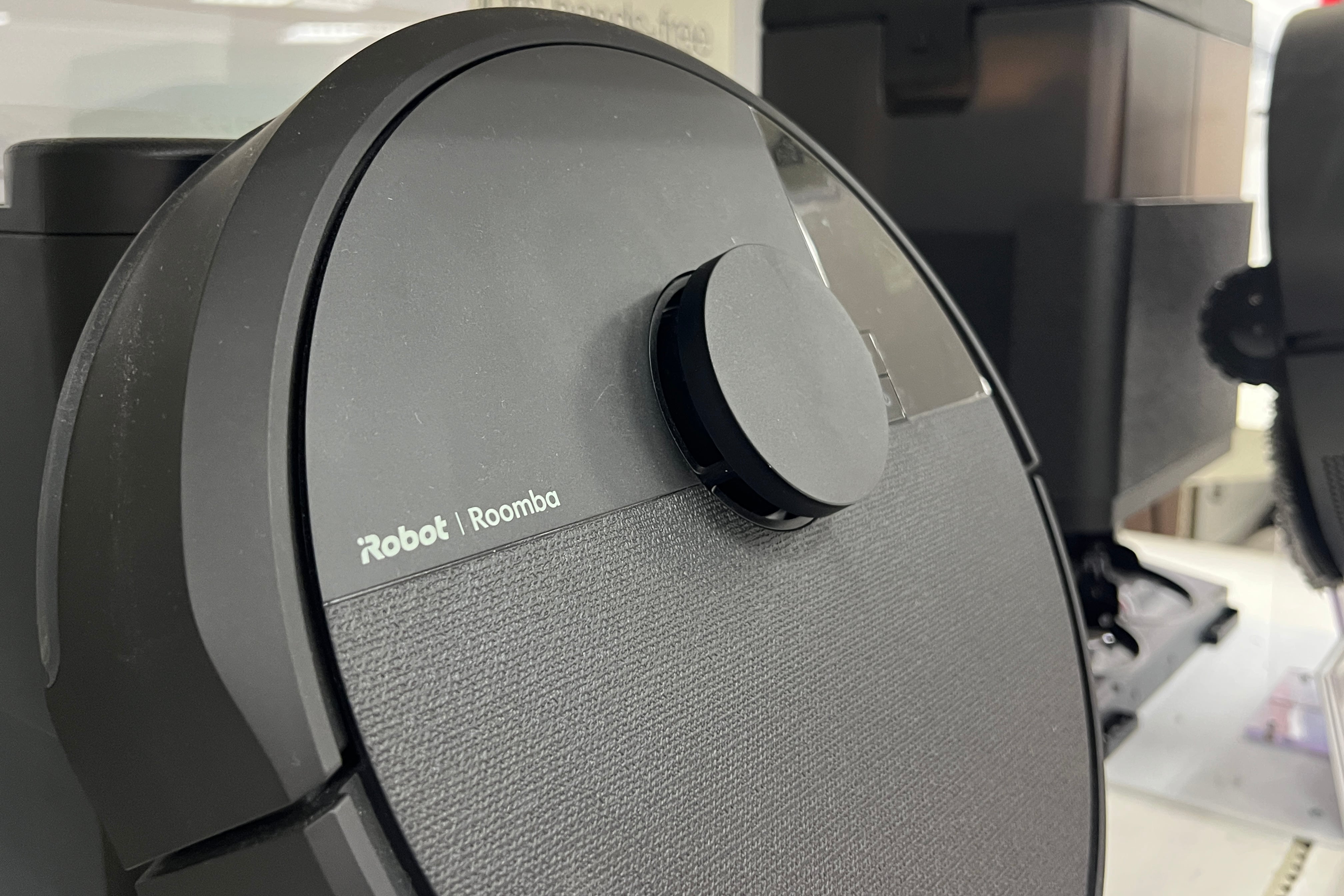The tarmac road that snakes up in front of and past stately Goodwood House is deceptively tricky. The great and good of motor racing gather here every summer for the Goodwood Festival of Speed, and the competitive element of the weekend seeks to find the fastest driver and car combination to tackle the 1.8km course. Cars old and new, drivers both youthful and experienced. Racing royalty versus up-and-comers, classic sports cars versus wild new supercars and everything in between.
Tricky? Oh yes. It may be just a driveway 362 days of the year, but for the three days of the festival, it’s as difficult a racing course as you can imagine. The track is narrow, and often slippery, especially beneath the overhanging trees. There’s the forbidding obstacle of the Flint Wall, which the fastest drivers will avoid by mere millimetres, and the innocuous-looking Molecomb corner, whose off-camber curves have seen some of the best and most famed racing drivers come to grief amid the hay bales. It is far from just a walk in the park.
This is precisely why the Indy Autonomous Challenge, backed by tyre-making giant Bridgestone, brought along its robotic race car to the 2024 Festival of Speed. If the Goodwood hill climb is tricky and deceptive for the most experienced racing drivers in the world, how hard would it be for a robotic car, which sees its world through a combination of Light Detection and Ranging (Lidar) scanners and cameras?
Equally, how would the driverless car be perceived, at an event packed with traditionalists and at which the likes of Mika Hakkinen, Max Verstappen, and Nascar [National Association for Stock Car Auto Racing] living legend Richard The King Petty were in attendance?
READ MORE
The Indy Autonomous Challenge (IAC) is, as the name suggests, a competition to see who can build the fastest and most skilled autonomous racing car, based around the Dallara-built chassis and Honda-built engine of an Indy Lights car — the feeder programme for the famed Indycar racing series, which has the glorious Indianapolis 500 as its centrepiece.
Each car is run by a university, or a team of universities, and is equipped with cutting-edge autonomous driving sensors and software.
Motor racing traditionalists can unclutch their pearls at this point — the idea behind the IAC is not to create a robotic racing driver that can replace humans, but simply to use the white-hot cauldron of motorsport to speed up the development of autonomous driving technology for the road.
“We noticed a gap in the autonomous and self-driving markets, specifically with regards to the testing and development of high-speed autonomy” Marc Ferlet, director of marketing at IAC, told The Irish Times. “What we saw was that the big companies in the ecosystem, most of them based on the west coast of America, were focused on urban and suburban robo-taxi applications.”
IAC’s brainwave was that humans generally find it easy to drive at 50km/h on city streets, but to drive at very high speeds — Autobahn-style — was much harder, and required much more skill. The concept behind the IAC is that it’s better to get a robot to do something that humans aren’t very good at, rather than something we do mostly fine. Equally, it’s far easier to train a robot to drive on a large multilane carriageway — or indeed a racetrack — than it is on a crowded, chaotic city street.
There is an ancient, and broadly correct, saying that racing improves the breed and it most definitely applies to cars. What IAC is not doing, according to Ferlet, is trying to get the breed to improve racing. “We never intended to make an autonomous racing series,” said Ferlet. “The original plan was that the race we had between the cars back in October 2021 was supposed to have been a ‘one and done’ event. But then afterwards, we had the companies involved in the process, and the universities, coming up to us, ‘wow, this is the best platform, can I use it to test out these different research proposals or objectives’ and so on.”
That said, Ferlet smiles when I put it to him that bringing the car to Goodwood was a move intended to pit the AI against a human racer — indeed, against some of the best human racers of all time.
“That’s not the objective,” Ferlet insists. “It was not to try and say that we’re going to replace racing drivers. Nobody wants that. But maybe it’s interesting to see that this car can be driven, autonomously, safely, at very high speeds. So we bring the car to Goodwood, we bring the car to the Indianapolis Motor Speedway, and then people can see them being driven safely by the software at very high speeds, 270km/h, and they’re not crashing. So then the prospect of the computer doing the driving at 130km/h on the highway, that becomes much more acceptable.”
There’s more to the Goodwood trip than merely showing off, however. The course — as mentioned — is a tricky one and there’s famously lousy mobile phone and GPS reception within the grounds of the house, so the IAC car’s software was going to have to rely far more on its cameras, its on-board sensors, and especially its Lidar.
Supplied by Luminar, the IAC car has four Lidar sensors, one for each corner, which is about twice the number of sensors used for road cars. Ferlet noted that the car’s software decided to rely mostly on the Lidar rather than the cameras as it learned its way up the Goodwood driveway, eventually setting a fastest time of 66.96 secs, with a peak speed of 162.8km/h. For reference, the fastest time of the weekend was set by racing driver Romain Dumas, aboard the astonishing 2,000hp electric Ford Supervan. Dumas and the Supervan ascended the hill climb in just 43.98 secs. Clearly, AI has a way to go before it’s as quick as Dumas.
Again, though, that’s not the point. Tyres formed a big part of the drives at Goodwood for the IAC team. The IAC is heavily supported by Bridgestone, and the cars have been tested at Bridgestone’s vast proving grounds near Rome. Not for the first time, Goodwood provided a stern test, with variable grip up the hill (not least because it was raining for much of the Saturday). Human drivers, the good ones anyway, have a sixth sense for how much grip is actually available from the tyres, but a computer can’t do that. Not only that, but the IAC car had to run on cold tyres, as right now the AI can’t be set up to do a smoky burnout at the start line to warm those tyres up.
“Grip, when you’re a race car driver, you just understand it. For an autonomous vehicle, that’s much more complicated. You have to fully model the performance of the tyres, and understand how the track works,” said Ferlet.
That’s the kind of engineering knowledge that could be crucial for future robotic cars, and it’s a big reason why Bridgestone is backing the IAC. “Motorsports are part of Bridgestone’s DNA, always have been and always will be. And what really matters is that we take the learning from experiences like this and apply them to the sustainable mobility solutions we develop for society and our customers,” said Sara Correa, chief marketing officer for Bridgestone.
For all the protestations of not wanting to create a robot racing series, and that the IAC is purely a rolling laboratory for autonomous car technology — which in fairness it is — Ferlet admitted that the software can be programmed to be more or less “aggressive” in how it drives. “You have to establish what the thresholds are for the car and to tell it if something happens whether it’s supposed to stop or not. When we have multicar events, the teams have to decide at what point the car yields, or not. Some teams will be more aggressive than others, and I think it’s fair to say that the personality of the teams, maybe even the nationality of the teams, comes through in that. And let me tell you, their egos are not one inch smaller than the egos of top racing drivers.”
Suddenly, the idea of a robot racing series doesn’t seem so bad. Program one car to drive like Alain Prost, one to drive like Ayrton Senna, and one to drive like Nigel Mansell and let’s go recreate the 1980s.
- Sign up for Business push alerts and have the best news, analysis and comment delivered directly to your phone
- Find The Irish Times on WhatsApp and stay up to date
- Our Inside Business podcast is published weekly – Find the latest episode here




















